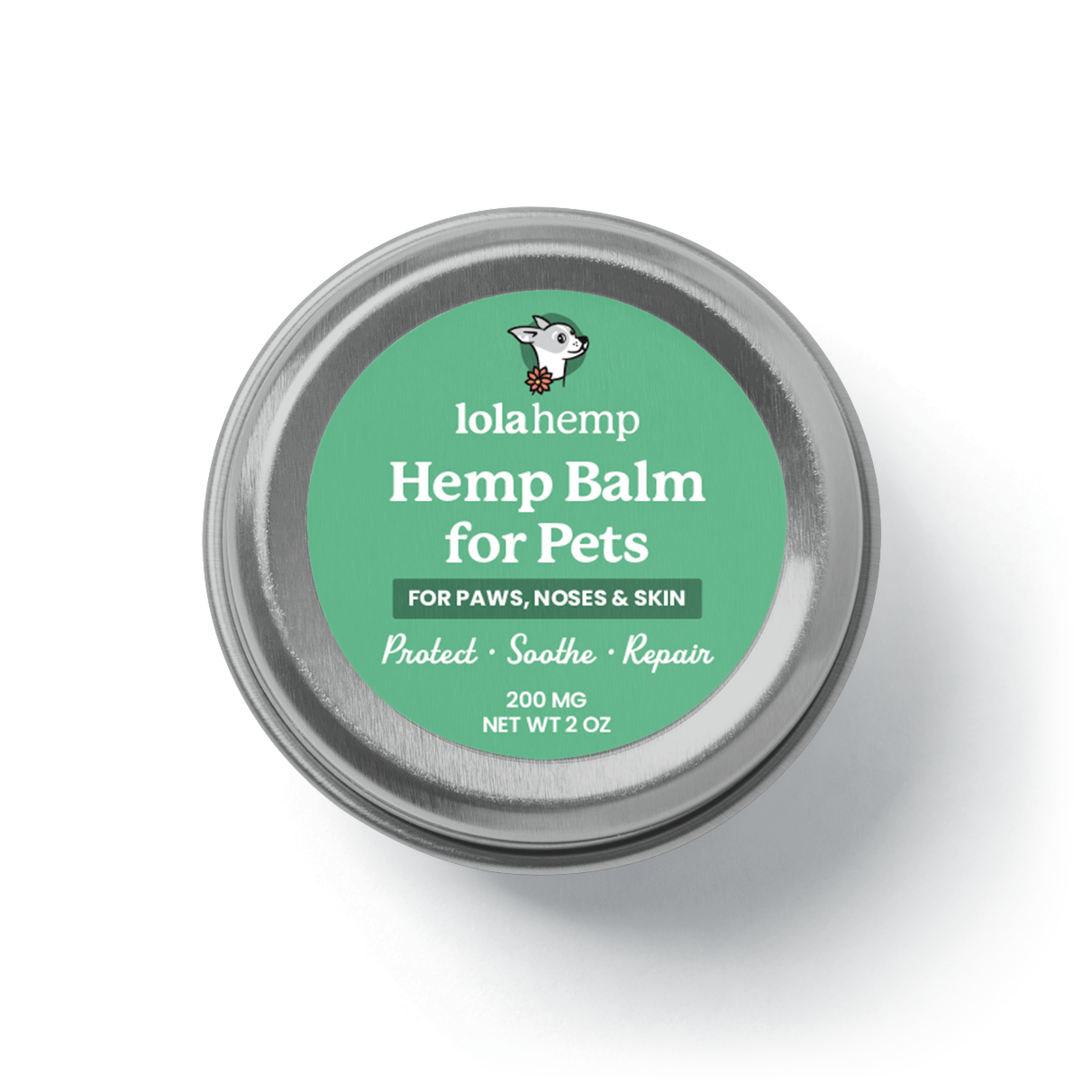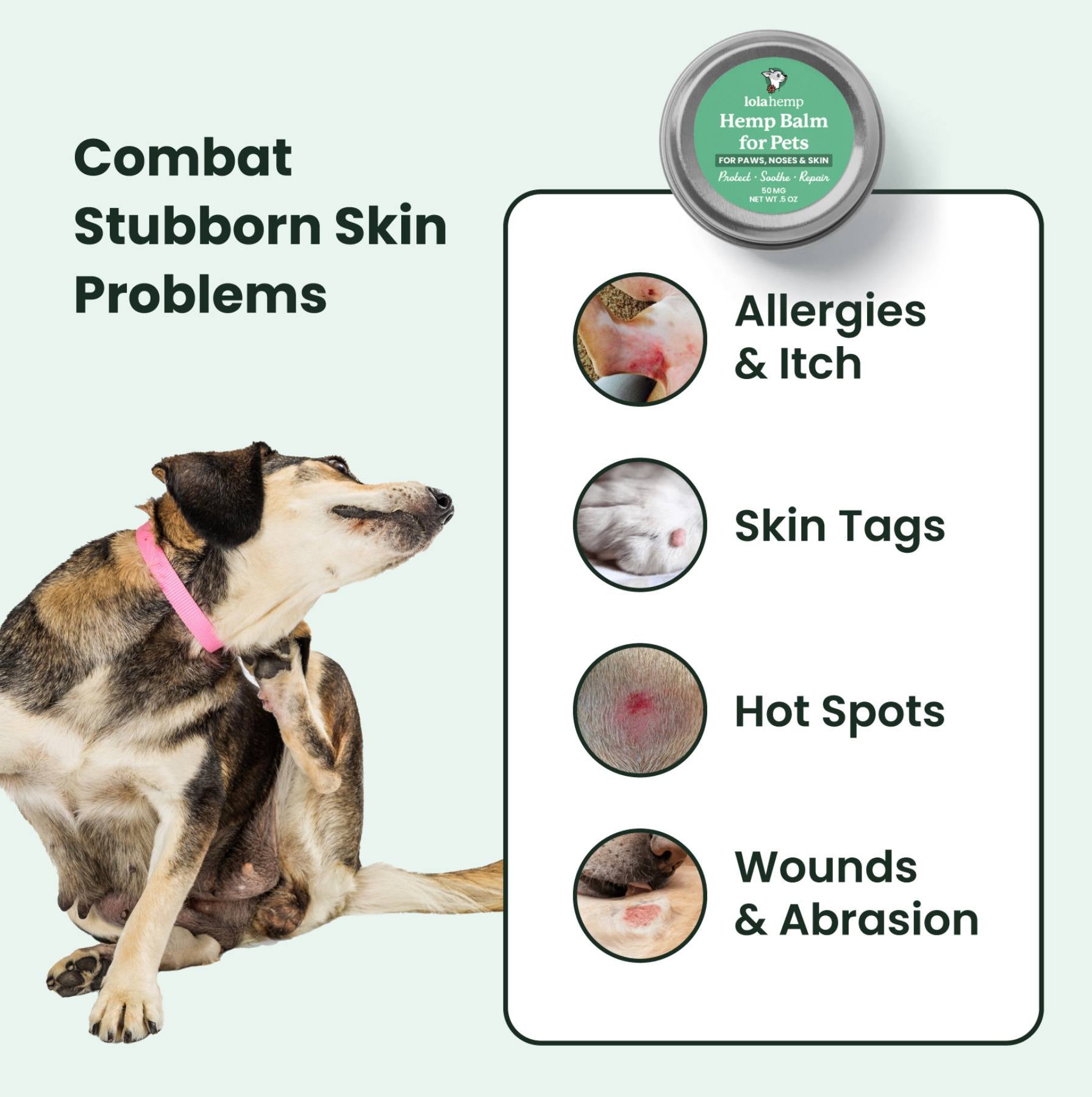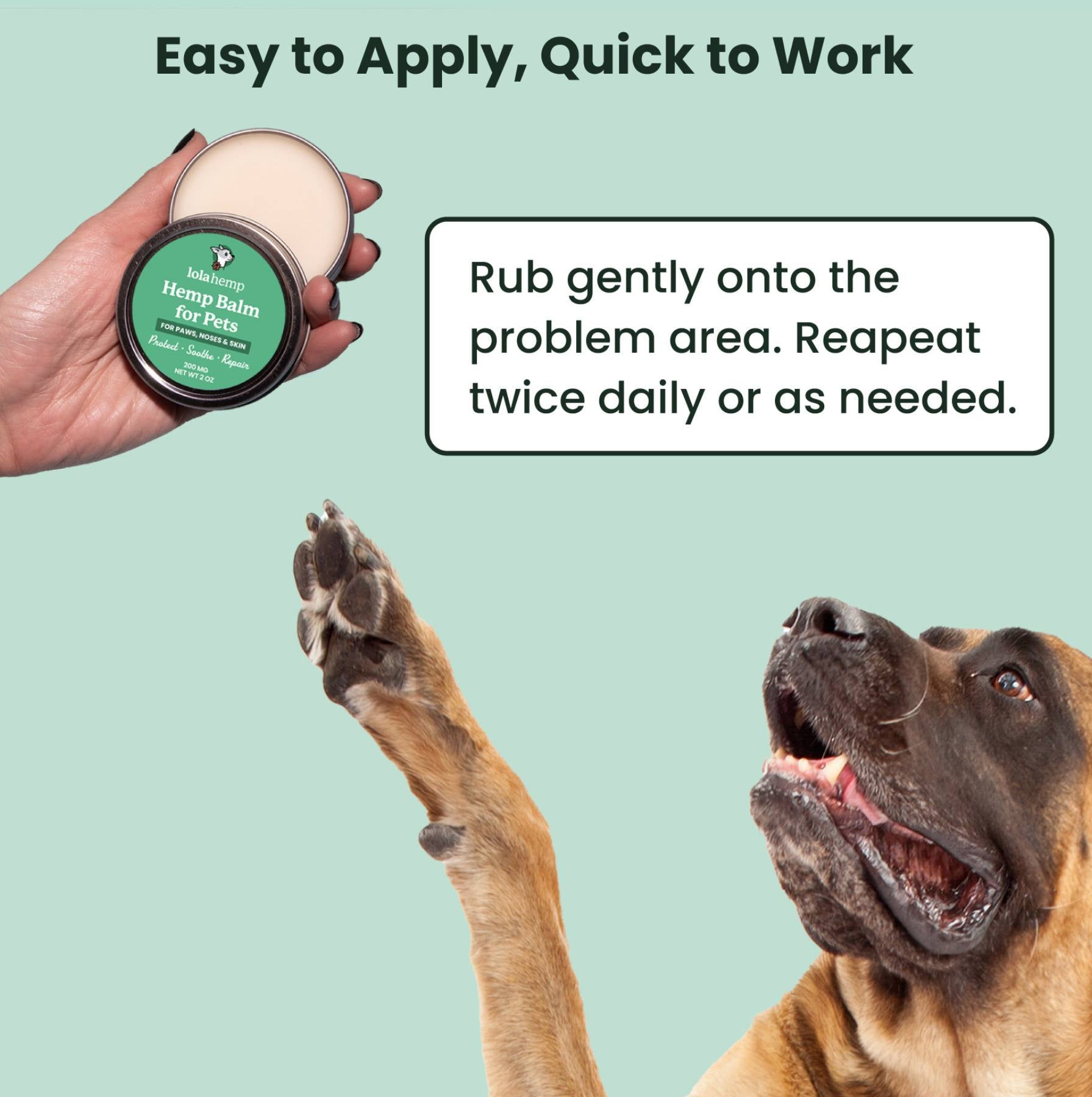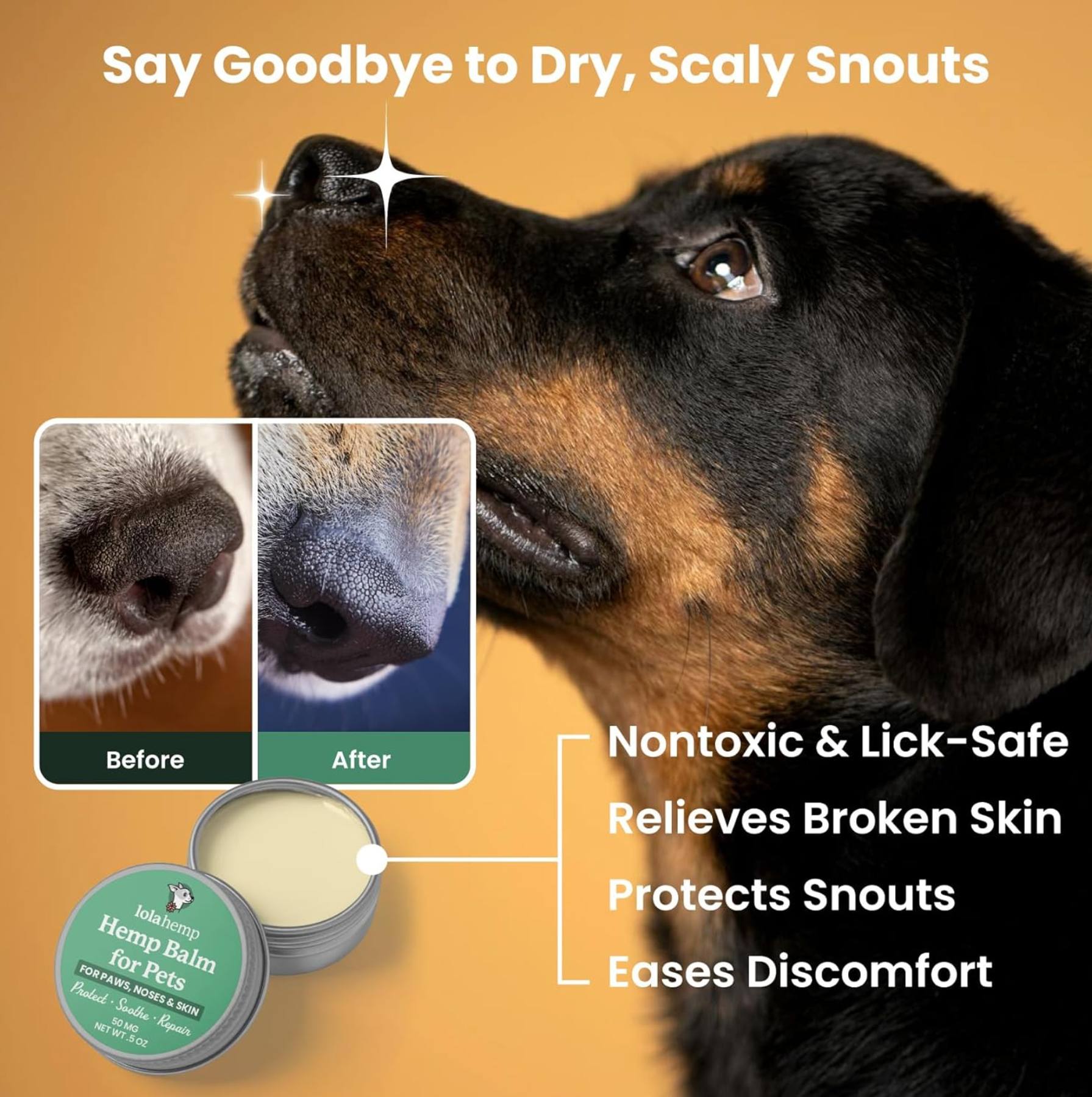The English Toy Spaniel, also known as the King Charles Spaniel (not to be confused with the Cavalier King Charles Spaniel), is a small, affectionate breed with a royal heritage and a gentle nature.
Bred for centuries as lapdogs to English nobility, these charming "toy" dogs are known for their soulful eyes, silky coats, and unwavering devotion to their people - after all, they were bred to be devoted pets!
In this guide, we’ll explore the breed’s history, common health issues, and ownership tips.
- History and Origin of the English Toy Spaniel
- Temperament and Personality of the English Toy Spaniel
- What Does an English Toy Spaniel Look Like?
- Exercise and Training Needs for English Toy Spaniels
- Grooming and Coat Maintenance
- Health Issues in English Toy Spaniels
- Should You Own an English Toy Spaniel?
History and Origin of the English Toy Spaniel
The English Toy Spaniel has deep roots in royal courts, especially during the Tudor and Stuart dynasties from the late 15th century through the mid 17th century. They were famously favored by King Charles II, who is said to have rarely been seen without his spaniels—so much so that the breed became nicknamed the King Charles Spaniel.
The English Toy Spaniel is not the same as the King Charles Spaniel, however. The original toy spaniel was the favorite breed of King Charles, and it was then named the King Charles Spaniel in the 16th century. In the 19th century, that original breed split into two unique breeds.

The English Toy Spaniel was bred to have a shorter muzzle and domed head, whereas the King Charles Spaniel retains may of its original features. As a result, the English Toy Spaniel is a smaller breed with a shorter muzzle and domed head, more like a pug or a chihuahua than its close cousin the King Charles.
The English Toy Spaniel was officially recognized by the AKC in 1886 and remains a relatively rare but cherished companion in the Toy Group.
Temperament and Personality of the English Toy Spaniel
The English Toy Spaniel is a classic lapdog—calm, affectionate, and deeply attached to the people who they spend the most time with. They truly thrive as a close companion dog, and they're relatively calm and easy.
This is why many people choose an English Toy Spaniel as their first dog. They aren't as difficult to manage and train as a working dog might be, for example.
They are generally polite with strangers but may be reserved or shy without proper socialization. Still, they're not considered to be aggressive or overly destructive by any means. Their sensitive nature makes them excellent companions for seniors or calm households, but they may be overwhelmed by loud environments or rough play.
These dogs are loyal to the core and may develop separation anxiety if left alone for long periods. So, if you're looking for a calm, silly lapdog with a beautiful heart, the English Toy Spaniel might be the right choice!
What Does an English Toy Spaniel Look Like?
English Toy Spaniels are compact and sturdy, standing around 9 to 10 inches tall and weighing 8 to 14 pounds. They have a distinctive domed head, a short, square muzzle, and large, dark, expressive eyes that give them a soft and soulful expression.
Their long, silky coat comes in four distinct color varieties known as "the four royal colors":
- Blenheim: Red and white
- Prince Charles: Tricolor (white, black, and tan)
- Ruby: Solid red
- King Charles: Black and tan

Their feathered ears, legs, and tail add to their regal, plush look. Overall, these are beautiful dogs that come with their own unique style and appearance, and they give off a cozy and cuddly feeling.
Exercise and Training Needs for English Toy Spaniels
English Toy Spaniels have low to moderate exercise needs, but this doesn't mean they should be left indoors for too long. They were bred to be companion dogs for humans, and they typically thrive with the indoor-outdoor routine of a person who's relatively active.
They'll stick by your side on a medium-length walk, but they shouldn't be taken out on a miles-long expedition. They need to get out, sniff, stretch their legs, and run around, but they shouldn't be expected to outpace your larger dogs on a hike.
Short daily walks and indoor playtime are usually sufficient to keep them happy and healthy. They enjoy sniffing around the yard or curling up in a sunny spot just as much as they enjoy a stroll around the block.
Training should be gentle and consistent. These dogs are eager to please but can be a little stubborn or distracted at times. Early socialization is important to ensure they grow into confident adults, especially because of their tendency toward shyness.
The English Toy Spaniel thrives in emotional intelligence, but they're not bred to be overly task oriented or to think independently. You wouldn't have much luck having your English Toy Spaniel herd a flock, but they could help your emotional health significantly.
Grooming and Coat Maintenance
The English Toy Spaniel’s coat is long, straight, and silky, requiring moderate upkeep. Regular brushing—at least two to three times per week—is recommended to prevent tangles and mats, especially around the ears, chest, and legs.
Occasional baths, routine nail trimming, ear cleaning, and dental care will help keep them in top condition. Their ears, in particular, should be checked regularly to prevent infections. Their heavy, long, floppy ears can easily collect debris and bacteria which may lead to an infection.
Many owners choose to trim the coat lightly for neatness, especially around the feet and sanitary areas.
In realty, grooming the English Toy Spaniel is relatively normal compared to other dogs. The beautiful thing is, you won't have trouble getting them to sit patiently through grooming because they're such loyal and well-behaved dogs.
Health Issues in English Toy Spaniels
Though generally healthy, English Toy Spaniels can be prone to a few breed-specific issues, especially due to their flat-faced (brachycephalic) structure. Just like pugs, boxers, and bulldogs, the short face of the English Toy Spaniel is a detriment to their health and can influence their quality of life.
- Brachycephalic Airway Syndrome: May cause snoring, heat intolerance, and breathing difficulty during exercise.
- Mitral Valve Disease: A common heart issue in small breeds.
- Eye Conditions: Such as dry eye or corneal ulcers due to prominent eyes.
You should also be sure to keep up with your toy spaniels hip & joint health, as small dogs are also vulnerable to issues like hip dysplasia and arthritis. While these dogs may be prone to handful of health issues, they aren't hugely detrimental to their health, especially when you keep up with your veterinarian visits.
With responsible breeding and regular vet checkups, many English Toy Spaniels live healthy lives of 12 to 14 years.
Should You Own an English Toy Spaniel?
If you’re looking for a quiet, loving, and devoted companion, the English Toy Spaniel may be the perfect match. They’re best suited for calm households, apartment living, or anyone who values a dog with a rich history and a gentle heart.
These are great family dogs, and they're great companion animals for most individuals. The only people who may want to avoid the English Toy Spaniel are those who are constantly extremely active or live lives that are too chaotic.
They don’t require vigorous exercise or advanced training, but they do need consistent care, regular grooming, and lots of human companionship. In return, you'll get a loyal lapdog who’s equal parts dignified and affectionate.
For the right owner, the English Toy Spaniel is a hidden royal treasure of the dog world.









